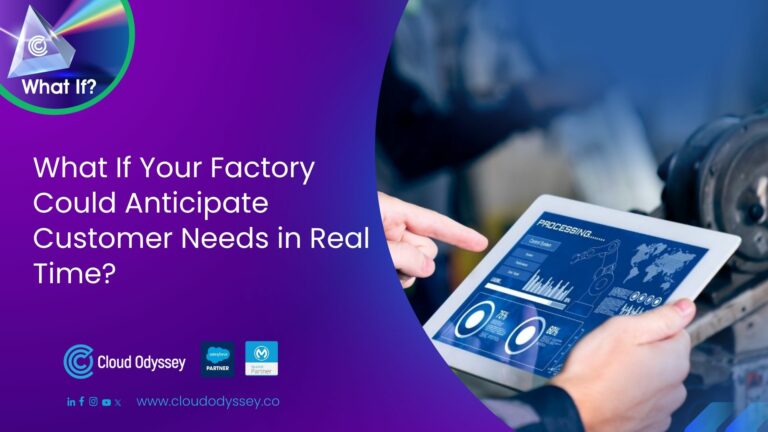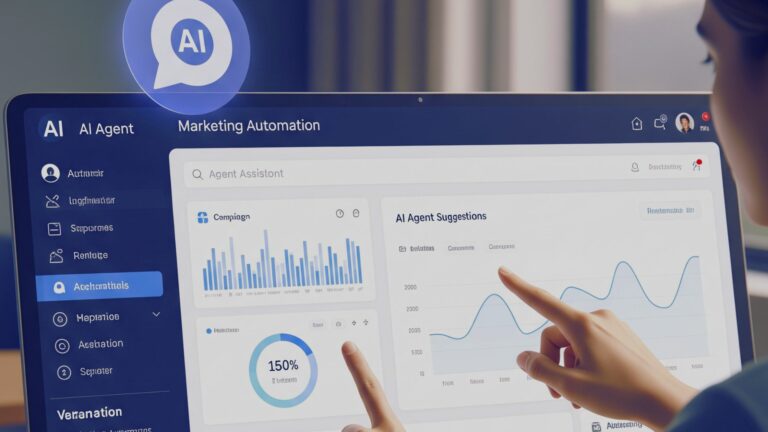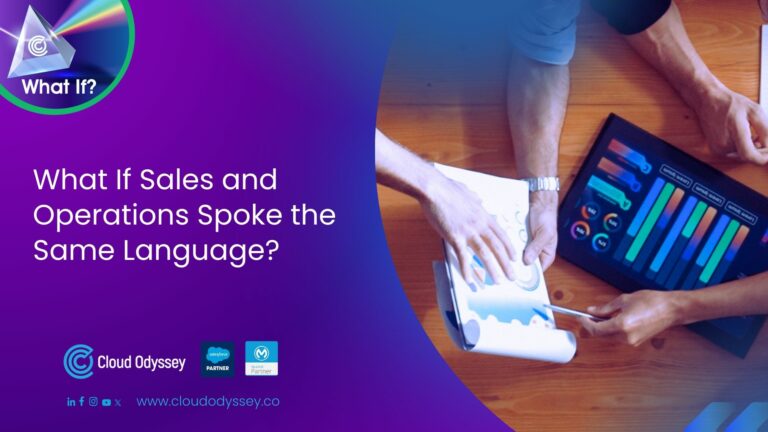In today’s dynamic e-commerce landscape, businesses constantly seek ways to differentiate themselves and deliver exceptional customer experiences. Headless commerce has emerged as a compelling approach, promising greater flexibility and control over the online storefront. But is it the right fit for every business? Let’s delve into the pros and cons of headless commerce to help you make an informed decision.
Headless Commerce: A Separation of Concerns
Traditionally, e-commerce platforms combine the front-end presentation layer (what customers see) with the back-end functionalities (data storage, payment processing). Headless commerce disrupts this model by decoupling these layers. The front-end can be built using any development framework, while the back-end handles core commerce functions. This separation offers several potential advantages.
Pros of Headless Commerce
- Enhanced Flexibility and Customization: Headless commerce empowers you to design a unique and tailored user experience for your brand. You’re not restricted to the pre-defined templates or functionalities of a traditional platform.
- Integration with Best-of-Breed Technologies: Choose the front-end development tools that best suit your needs. Integrate headless commerce with a content management system (CMS) of your choice for seamless content management.
- Improved Scalability and Performance: Front-end and back-end functionalities can be scaled independently. This allows you to handle traffic spikes or integrate new features without impacting the entire platform.
- Faster Innovation and Development: Headless architecture often enables more agile development cycles for front-end experiences. This allows you to experiment and iterate on your storefront design and features more quickly.
Cons of Headless Commerce
- Increased Complexity: Managing both front-end and back-end systems separately requires more development expertise. In-house development skills or reliance on experienced partners become crucial.
- Potential Integration Challenges: Ensuring smooth communication between the front-end and back-end systems is critical. This can necessitate additional development efforts to handle data exchange and functionality integration.
- Higher Initial Investment: Compared to traditional platforms, headless commerce might require a larger initial investment due to the potential need for custom development and integration expertise.
Salesforce Headless Commerce
While headless commerce offers a powerful approach, it requires significant technical expertise and resources. For businesses seeking the benefits of headless commerce with a user-friendly platform, Salesforce B2C Commerce Cloud offers a compelling solution: Salesforce Headless Commerce.
Salesforce Headless Commerce leverages the robust functionalities of B2C Commerce Cloud as the back-end foundation while empowering you to build a custom front-end experience with your preferred development tools. This provides the flexibility and control of headless commerce with ease of use and pre-built features of a leading commerce platform.
Making the Headless Choice
Headless commerce offers a powerful approach for businesses seeking ultimate control and flexibility over their e-commerce experience. However, it’s not a one-size-fits-all solution. Carefully consider your technical capabilities, budget, and team expertise before embarking on a headless journey.
For businesses with:
- Strong in-house development teams or experienced partners
- A desire for a unique and highly customized online store
- The resources to manage a complex technical environment
Headless commerce can be a game-changer, enabling a future-proof and adaptable e-commerce experience.
For businesses with:
- Limited development resources
- A focus on rapid time-to-market
- A need for a more out-of-the-box solution
Traditional commerce platforms might be a more suitable choice.
Ultimately, the decision hinges on your specific business goals and technical capabilities. Weigh the pros and cons carefully to determine if headless commerce empowers you to achieve your e-commerce vision.










